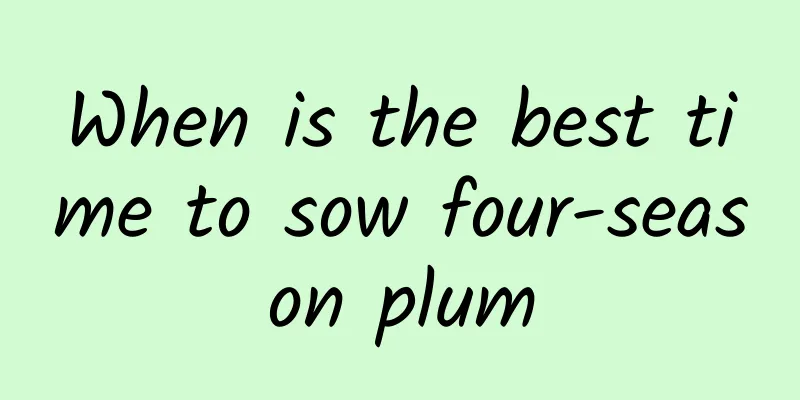Causes and treatments of yellow leaves of Cordyceps sinensis

1. Lighting issuesReason: Cordyceps is light-loving and needs to be grown in an environment with sufficient light. If it is not exposed to sunlight for a long time, its leaves will turn yellow, dry up and even fall off. Measures: Move it to a ventilated place with certain scattered light to ensure that it receives certain light every day. However, when the light is too strong in summer, you need to avoid strong light and take shade measures. 2. Too much waterReason: If you water the cordyline too much, the moisture in the soil will increase, causing the roots to be unable to breathe normally and even rot, and the yellow leaf problem will follow. Measures: If there is too much water, you need to stop watering immediately, loosen the soil, and wait for the water in the soil to evaporate in a ventilated place. If root rot occurs, remove the plant from the pot, remove the rotten roots, then change the soil and replant. 3. Unsuitable soilReason: It is best to use slightly acidic soil for the maintenance of Cordyline. If the soil is alkaline, it is not suitable for root growth and the leaves will gradually turn yellow. Measures: The soil should be replaced immediately. Change to slightly acidic soil with certain fertility and good drainage. In subsequent maintenance, the soil needs to be changed every one or two years so that the soil conditions always meet its growth needs. 4. Temperature issuesReason: The suitable growth temperature of Cordyline is between 18 and 25 degrees Celsius. If the temperature is too high, the leaves will turn yellow; if the temperature is too low and no insulation measures are taken, the plants will be frozen or even die. Measures: If it is because the temperature is too high in summer, be sure to shade it. If it is a colder winter or early spring, it needs to be moved to a growing environment above 15 degrees. |
<<: Causes and treatments of yellow leaves of cinnabar root
>>: Causes and treatments for yellow leaves of purple-edged peperomia
Recommend
The cultivation methods and precautions of rotor lotus
1. Soil The soil for cultivation can be thick, wa...
How to propagate dianthus and what to pay attention to
Dianthus propagation method Dianthus is generally...
Can crape myrtle be planted at the doorstep?
Can crape myrtle be planted at the doorstep? Crap...
Can lucky bamboo be grown in soil?
Can lucky bamboo be grown in soil? The lucky bamb...
The characteristics of the molting of the red-billed
The characteristics of the molting of the red-bil...
How to make green radish grow faster
1. Don’t use too much light The green radish need...
What kind of water is good for Anthurium
1. What kind of water is good for it? It is quite...
What is Cantonese cuisine?
What is Cantonese cuisine? Guangcai, scientifical...
What to do if the leaves of the fragrant vine curl up
1. Reasonable watering Reason: It usually needs a...
The “money tree” has been growing for a long time but there is no movement? Bury a plant called "it" in the soil, and it will keep growing leaves all year round!
This trick is to use quail eggs. Everyone should ...
How to grow Daphne koreana and what to pay attention to
Daphne koreana growth conditions The soil require...
Is it good to water green radish with beer? How to water it with beer
1. Is it good to pour beer on green radish? Beer ...
Can gardenia be planted outside the house?
Can gardenia be planted at the doorstep? In Feng ...
The difference between celandine and rehmannia
1. Difference in appearance Greater celandine is ...
Cultivation Techniques of Xanthoceras sorbifolia
1. Land preparation The soil must be deep and pre...









